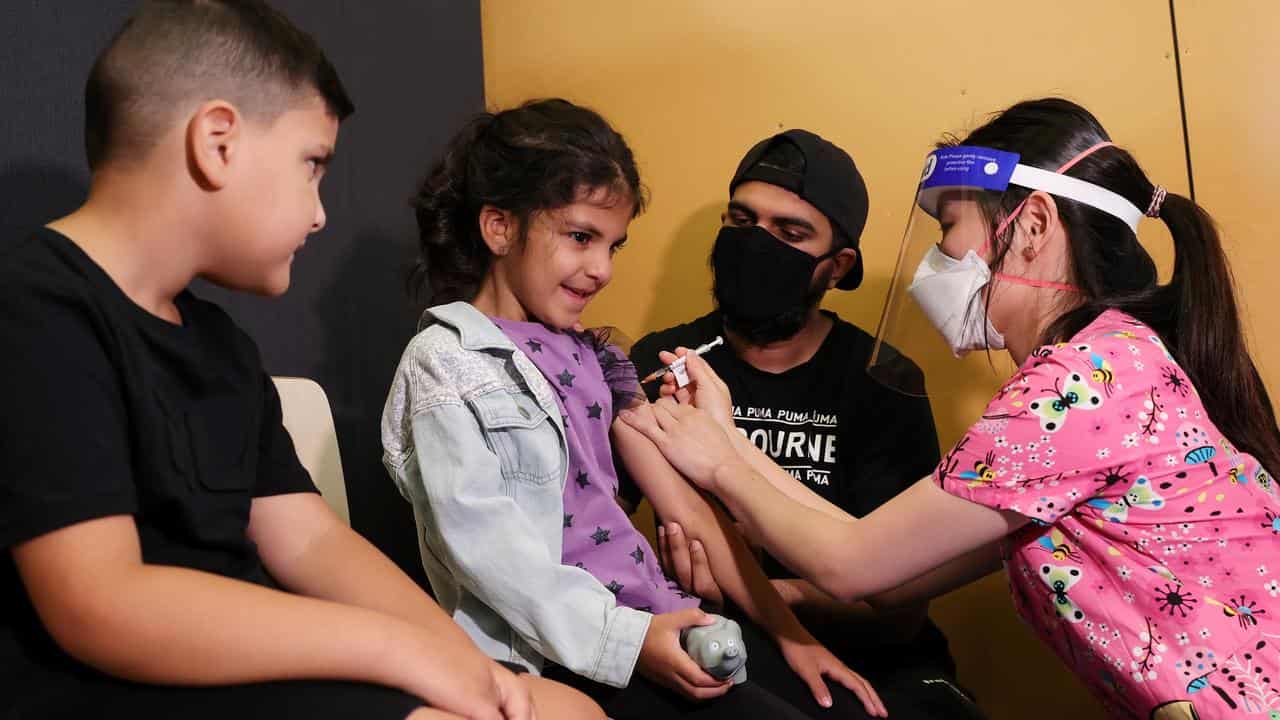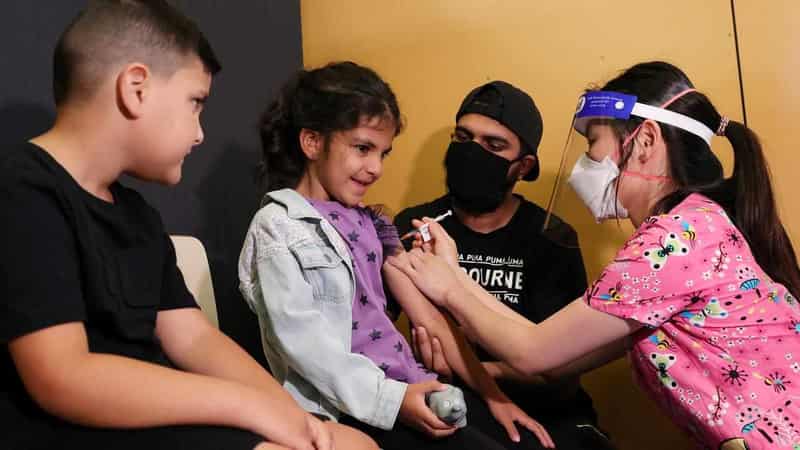
Childhood vaccination rates have dropped for a second year, prompting experts to call for targeted campaigns urging parents to understand the importance of inoculations.
Since the pandemic, the number of fully vaccinated children has steadily declined with missed or delayed vaccinations a persistent issue across Australia.
The National Centre for Immunisation Research and Surveillance conducted a comprehensive stocktake of vaccine rates, finding fully vaccinated coverage among children fell across Australia between 2021 and 2022.
But further investigations would be needed to understand the barriers to vaccination, which the centre said was likely to be driven by vaccine hesitancy and a lack of access to services.
"(The report) highlights a concerning downward trend in fully vaccinated coverage in children," associate professor Frank Beard said.
"It's critical that we continue to monitor and report vaccination coverage data to ensure that strategies to address pandemic-related declines and equity gaps are implemented effectively."
Between 2021 and 2022, childhood vaccine coverage decreased from 94.2 to 93.3 per cent at 12 months of age, 92.1 to 91 per cent at 24 months and 94 to 93.4 per cent at 60 months.
Decreases were greater for Indigenous children in the same age brackets from 91.6 to 90 per cent at 12 months, 90.1 to 87.9 per cent at 24 months and 96.3 to 95.1 per cent at 60 months.
Australia's vaccination coverage target is 95 per cent in order to prevent the spread of disease.
Young children face a greater risk of severe diseases, many of which are preventable with vaccines.
Dr Beard said Indigenous and socio-economically disadvantaged children were more in danger of contracting serious illnesses.
"Vaccination at the earliest appropriate age, in line with the national immunisation program schedule, is important to protect these children," he said.









